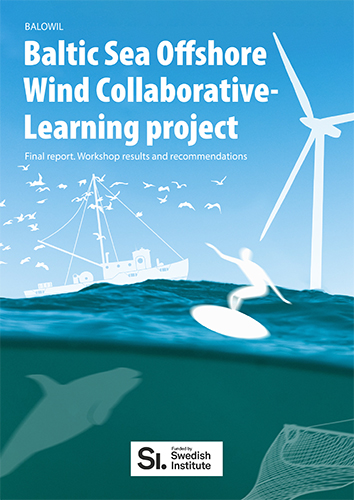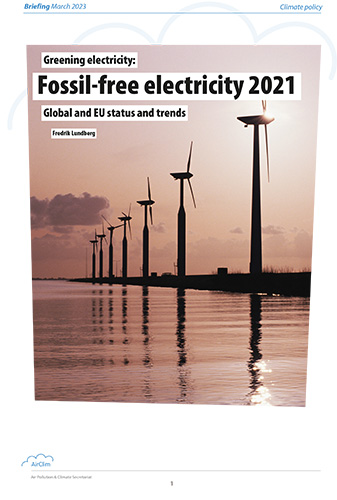
Caribbean ECA proposal
In June, the United States submitted a proposal to the International Maritime Organization (IMO) to designate an emission control area (ECA) for the coastal waters around Puerto Rico and the US Virgin Islands.
In its proposal the US concludes that the residents of Puerto Rico and the Virgin Islands are US citizens and that the US Government has a fundamental interest and responsibility in protecting the public health of all US citizens and the environment in these areas, and in ensuring that these citizens receive the same degree of protection from ship emissions as those living under the protection of the recently designated North American ECA.
According to the proposal, the burden on international shipping as a result of the proposed ECA is expected to be small, while the improvements in air quality and associated health and environmental benefits resulting from designation of this ECA are expected to be significant, both within in the proposed area and potentially in downwind areas.
Ships currently contribute between 26 and 37 per cent of man-made emissions of nitrogen oxides (NOx), sulphur oxides (SO2), and particulate matter (PM2.5) within the proposed ECA. Reducing ship emissions from today's performance to ECA standards is estimated to reduce ship emissions of NOx, SO2 and PM2.5 in 2020 by approximately 10,000, 28,000 and 3,000 tonnes respectively.
The northern and southern boundaries of the proposed area would extend roughly 50 nautical miles and 40 nautical miles, respectively, from the territorial sea baseline of the main island of Puerto Rico.
It is concluded that the costs of implementing and complying with the ECA standards are small, both absolutely and compared to the costs of achieving similar emissions reductions through additional controls on land-based sources. Total costs are estimated at approximately US$70 million in 2020.
The economic impacts on ships engaged in international trade are expected to be modest. For example, it is estimated that the cost of shipping a 20-foot container will increase by less than one per cent, and that the price of a cruise will also increase by less than one per cent.
The estimated cost-effectiveness in 2020 is US$600 per tonne of NOx removed, US$11,000 per tonne of PM2.5 removed, and US$1,100 per tonne of SO2 removed – which compares favourably to the costeffectiveness of land-based programmes in the US.
IMO's Marine Environmental Protection Committee (MEPC) will consider the Caribbean ECA proposal at its meeting in London in the last week of September 2010. If approved, the proposal may be adopted at the next MEPC meeting in July 2011, and entry into force could then take place in 2014.
Source: IMO documents MEPC 61/7/3 and MEPC 61/INF.9, 25 June 2010

 Download this issue
Download this issue










